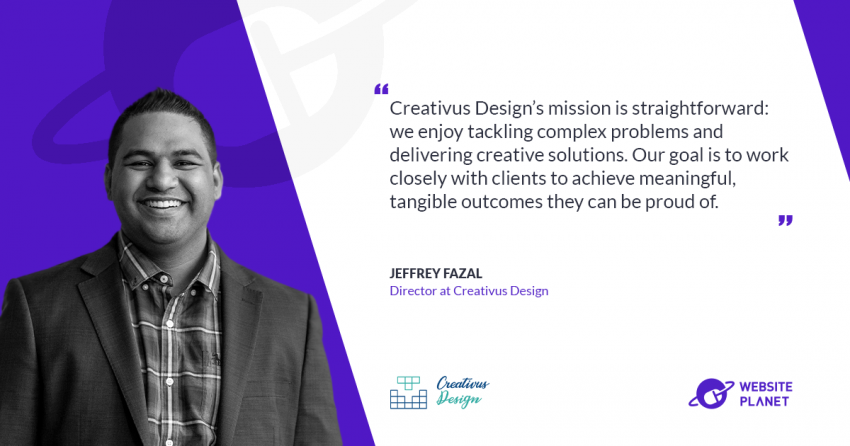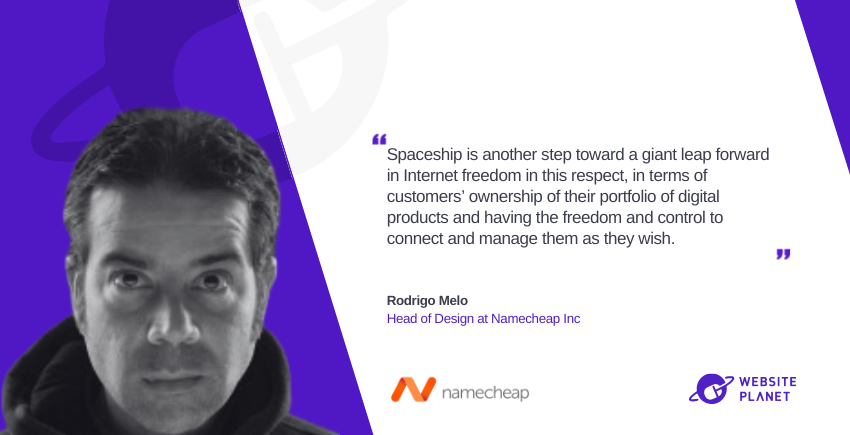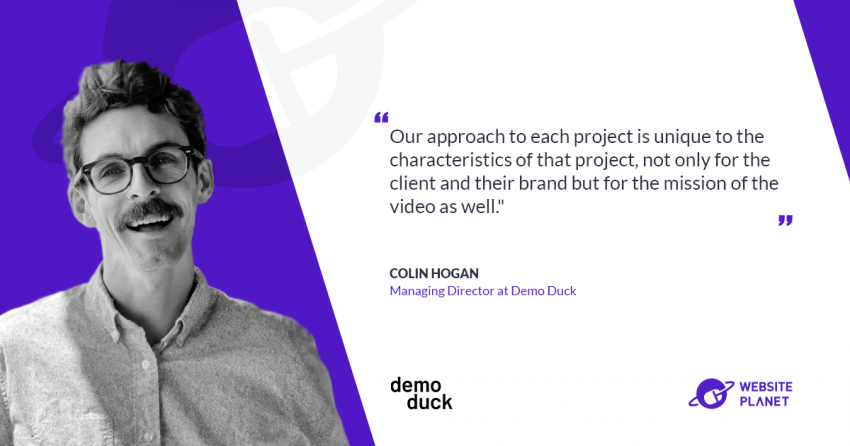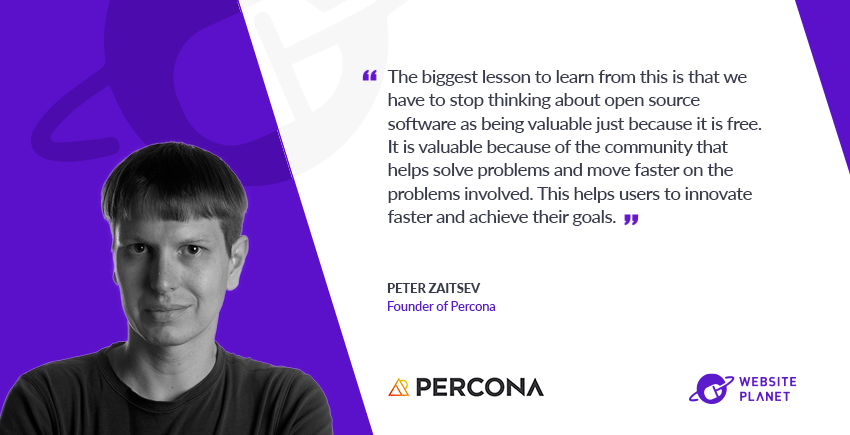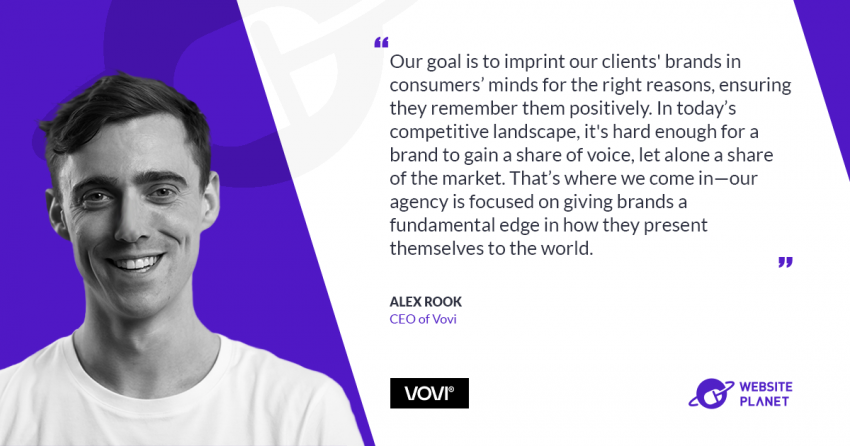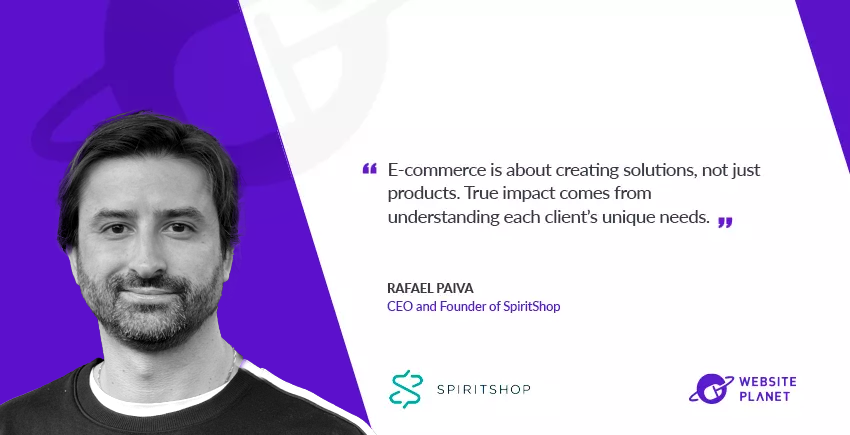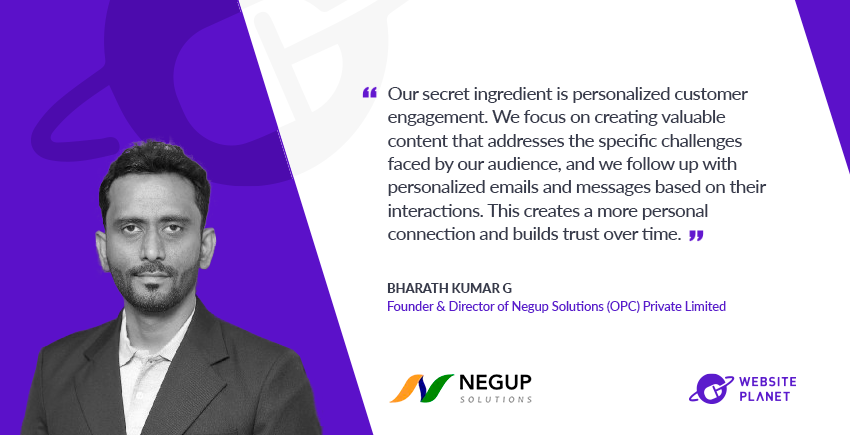Recently, Google has introduced E-E-A-T, their new standard for content quality, and penalized thousands of websites using AI to generate content at scale without any regard for what users need.
So what can website owners do to leverage the power of AI content in compliance with Google’s E-E-A-T policy?
Website Planet asked Giuseppe Colucci, director of growth & business development at Textbroker, who shared his insights on
how to demonstrate E-E-A-T in AI-generated content from his experience processing more than 10 million content orders for 80.000 clients worldwide.
How Does Google Handle AI Content and E-E-A-T?
Google recognizes AI-generated content and its potential, but it still places a high value on E-E-A-T, which stands for Experience, Expertise, Authoritativeness, and Trustworthiness. Essentially, Google wants to ensure that the content it ranks is not only well-written but also comes from sources that are credible and reliable, which is not new – it’s always been what Google wants.
Google’s goal is to provide the searcher for each query the best and most relevant search results. But here’s the thing – AI can generate content quickly, but it might not always hit the mark in terms of accuracy or reliability.
To address that, Google’s algorithms have become more sophisticated in evaluating content, looking beyond just keywords and analyzing the overall quality. So,
for SEOs, this means that when using AI for content creation, it’s crucial to maintain these E-E-A-T standards.
It is also fair to say, though, that the ultimate strategy that Google will pursue with respect to AI Content has not yet fully been communicated, which means that Google is leaving content marketers in the dark to some extent, for the time being.
What does this all mean for SEOs and users?
For SEOs, this shift toward emphasizing E-E-A-T in AI-generated content means that there’s a growing importance in ensuring that the content they produce or optimize is not just keyword-rich but also trustworthy and expertly written. In other words, quality matters more than ever.
Furthermore, quality content is of essence to SEO because of the need to stand out with the content on your own website, stand out from the mass of content that is out there on the Internet and that will grow in quantity even more because of AI making it easier for everybody to create content..
Producing quality/expert-level content is especially crucial when you’re looking for medical advice, financial information, or any critical topic where accuracy matters. These industries are examples of what Google calls “Your Money, Your Life” segments.
Soon, however, with the introduction of SGE (Search Generative Experience) across all countries – transforming the way users experience Google’s interface and interact with it – the expert advice, or trusted perspectives, will be of even more crucial importance, across all searches and topics. This means that probably there will be an intensification of the attribution of E-E-A-T criteria to content that proves expertise in a certain subject and offers an out-of-the-box, no-Wikipedia style perspective.
Based on that, what’s your E-E-A-T checklist for AI content?
Here’s a breakdown of the E-E-A-T checklist for AI content, distinguishing between Page Level and Site Level considerations:
Page Level
- Content Quality: Ensure that each page delivers comprehensive, accurate, and user-focused information relevant to the user’s intent. This includes clear purposes, authoritative sourcing, and valuable insights.
- Authoritative Expertise: Establish author credibility at the page level by showcasing qualifications and expertise. Collaborate with subject-matter experts for in-depth content.
- User-Centric Approach: Optimize the user experience by organizing content logically, addressing user questions, and encouraging engagement without direct user interaction.
Site Level
- Transparency and Trustworthiness: Maintain transparency by citing reputable sources, providing clear references, and disclosing conflicts of interest. Display comprehensive privacy policies and terms of use to protect user data.
- Content Freshness: Across the entire website, regularly update content to reflect the latest developments. Indicate publication or revision dates and remove outdated content.
What are the essential steps to humanize AI-generated content?
Humanizing AI-generated content is essential to maintain a personal touch and ensure it meets E-E-A-T standards. In addition, we at Textbroker strongly recommend checking every AI-generated piece of content, regardless of its purpose or of the content type.
What needs to be checked by a human on every piece of AI content:
- Edit for Tone and Style: Review AI content and adjust the tone and style to make it more conversational and relatable to your audience. AI can be a bit robotic, so a human touch can make it more engaging.
- Fact-Check and Attribute: Fact-check the content to ensure accuracy and attribute it to a human author or editor. This not only adds transparency but also shows that there’s a real person overseeing the content’s quality. Note that some common AI technologies only have access to current information (beyond 2021) through plugins – this alone constitutes the need to double check each article for accuracy.
So can E-E-A-T and AI-generated Content co-exist?
Absolutely! E-E-A-T and AI-generated content can coexist harmoniously. AI can assist in content creation by handling repetitive tasks, like generating reports or product descriptions. Then, human experts can step in to add the finishing touches, ensuring the content aligns with E-E-A-T principles.
Again, let me emphasize the importance of out-of-the-box perspectives: sharing information that only experts have access to, is of extreme importance.
From conversations with our customers, we can derive the rule of thumb that the share of human work in creating an article is the higher, the more the article is of high-quality, expert or large E-E-A-T needs.
Will Google penalize AI content in the future?
Google’s primary goal is to deliver the best possible search results to users. If AI-generated content fails to meet E-E-A-T standards and doesn’t provide value or trustworthiness to users, it could face penalties.
However, Google isn’t against AI content itself. They’re more concerned about content quality. So, if you’re using AI to assist with content creation, it’s crucial to ensure that the final product meets the E-E-A-T criteria. This way, you can continue to leverage the benefits of AI while staying in Google’s good graces.
Remember, it’s always a good idea to consult with content marketing experts to develop AI content strategies that align with Google’s guidelines and best practices, and/or to make use of a hands-off solution for scalable content production and content editing in all major languages of this world like Textbroker



